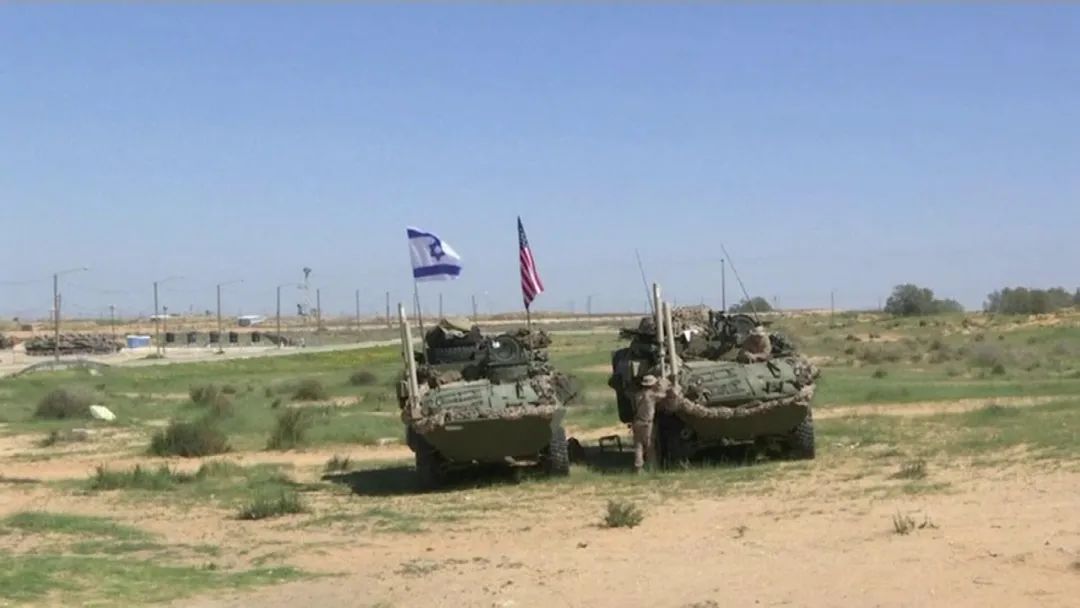A former senior Iranian government official told the New York Times that between now and the departure of US President Trump in January next year, it will be the “most dangerous moment” for Iran.
According to U.S. media reports, several U.S. officials revealed that Trump has given his senior advisers a “green light” and has the full authority to entrust some tough government officials, especially Secretary of State Pompeo, to exert pressure or punishment on Iran “as he wants” in the coming weeks.
During his recent trip to the Middle East, Pompeo met with leaders of Israel, the United Arab Emirates and Bahrain to discuss how the three countries can jointly fight against Iran.
Earlier, the U.S. State Department announced that it had approved the large sale of F-35 fighters to the United Arab Emirates. It is generally believed that this agreement is a way for the United Arab Emirates to cooperate with Israel to curb Iran.
The report mentioned that a senior U.S. government official said that Trump’s strategy in the coming weeks is clear: continue to use sanctions as a deterrent tool, while providing intelligence to regional allies such as Israel, with the common goal of undermining the Iranian regime.
Israel encourages the United States
Destroy Iran’s critical nuclear facilities
According to U.S. media reports, the Israel Defense Forces have been asked to prepare for Trump’s military strike on Iran before leaving office in recent weeks.
A senior Israeli official revealed that the United States will notify Israel before launching a strike, but Israel is still worried that the early warning time given by the United States is not enough, so it ordered the military to prepare in advance.

The Washington Post revealed that Israeli Prime Minister Netanyahu has recently lobbied Trump to use U.S. military drilling weapons to destroy Iran’s centrifuges and other equipment because a large number of key facilities in Iran have been underground.
At present, multiple types of bombs and missiles of the U.S. military can penetrate bunkers. Take the GBU-57 dropped by B-2 strategic bombers as an example. This giant drilling bomb weighs 14 tons and can drill at a depth of 60 meters.
The United States has long been around Iran.
Recruit a heavy army
For many years, the United States has stationed a heavy army around Iran.
In Iran’s two neighboring countries, Afghanistan and Iraq, east and west, the United States deploys 4,500 and 3,000 troops respectively.
However, according to Trump’s order in November, the number of U.S. troops in both countries will be reduced to 2,500 by mid-January next year.
Among the Gulf countries across the sea from Iran, Kuwait is stationed about 13,000 U.S. officers and soldiers, and Bahrain, Qatar and the United Arab Emirates deploy 7,000, 13,000 and 5,000 U.S. troops respectively. In addition, the U.S. military has deployed about hundreds of people in Oman and Saudi Arabia.

There are also several large U.S. military bases around Iran.
For example, Udaid Air Force Base in Qatar is the command center of U.S. air operations throughout the Middle East; the naval base in Bahrain is the seat of the Fifth Fleet Command of the United States Navy, which is responsible for commanding all U.S. ships operating in the Middle East.
A spokesman for the Fifth Fleet recently confirmed that the aircraft carrier Nimitz, which had previously participated in the joint military exercises of the United States, India, Japan and Australia, is returning to the Gulf region.
Expert: At present, the possibility of the United States to use force against Iraq is very small.
A week after the assassination of Iranian nuclear scientist Fakrizad, next month is the first anniversary of the attack on Suleimani, a senior general of the Islamic Revolutionary Guard Corps of Iran, in Iraq. The tense situation has made the United States and Israel worry about Iran’s reprisals.
In a statement on December 3, Israel’s National Security Council advised its citizens to avoid travel destinations such as the United Arab Emirates, Bahrain, Turkey, Azerbaijan, Georgia and so on in the near future.
CNN reported on December 2nd, citing U.S. officials and sources that the United States has decided to temporarily evacuate some diplomatic personnel from Baghdad, Iraq, and the temporary evacuation is expected to last until mid-January next year. The Russian satellite news agency reported on December 3 that dozens of staff members of the U.S. Embassy and other diplomatic missions will leave Iraq.

Li Shaoxian, dean of the Chinese Arab Research Institute of Ningxia University, analyzed that before Trump leaves office on January 20 next year, the possibility of the United States using force against Iran is very small. Because if the United States launches a strike, it will be very complicated to use the forces of all parties, and it is not a simple surgical strike.
Iran is a “big man” in the Middle East with counterattack capabilities, and the military bases in the Middle East are within its scope of attack. The United States is afraid of Iran’s ability to retaliate, which makes the U.S.-Iran conflict protracted.



